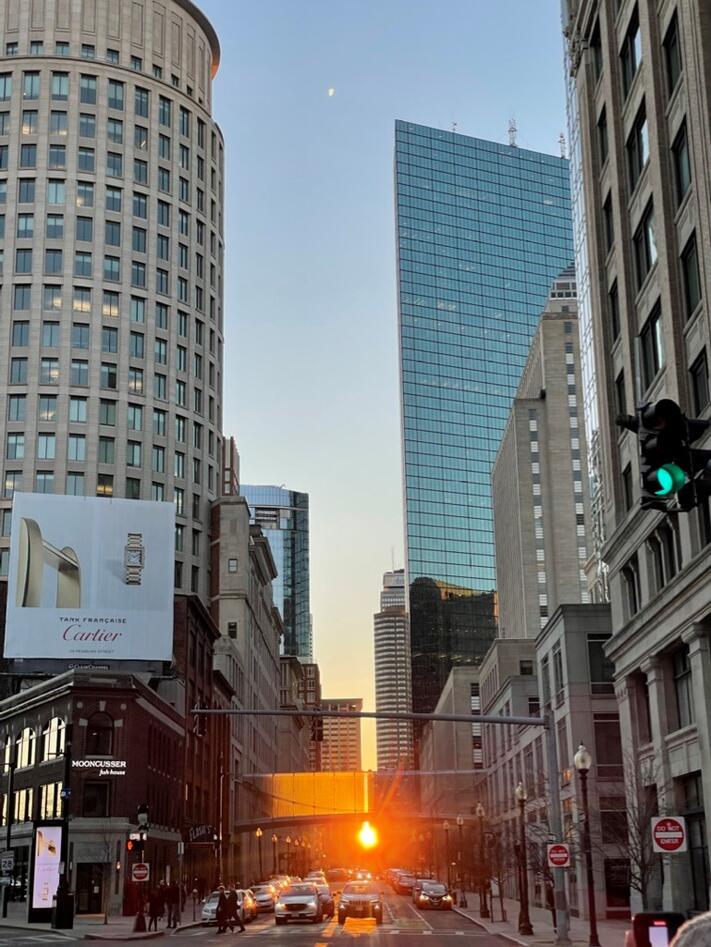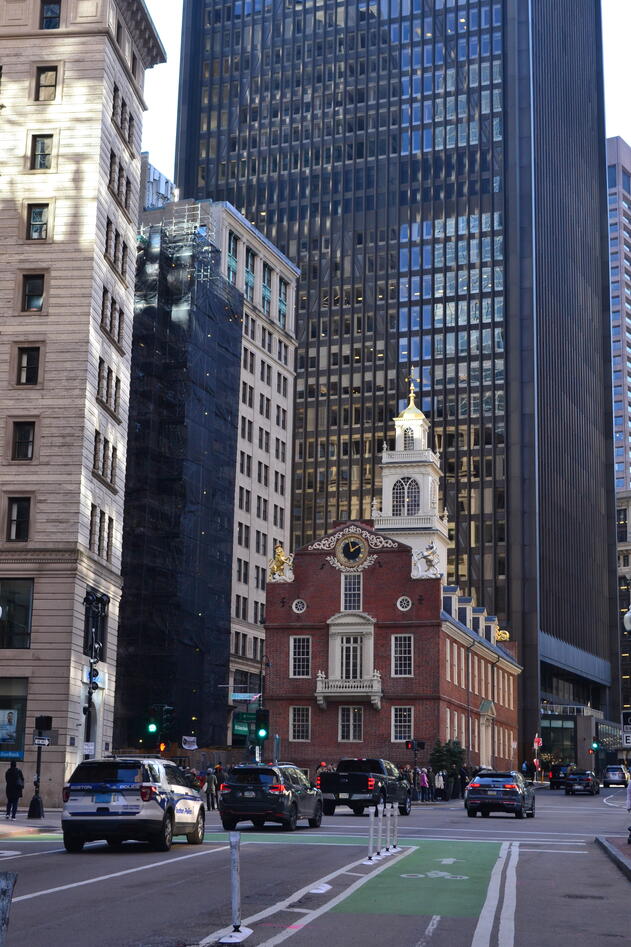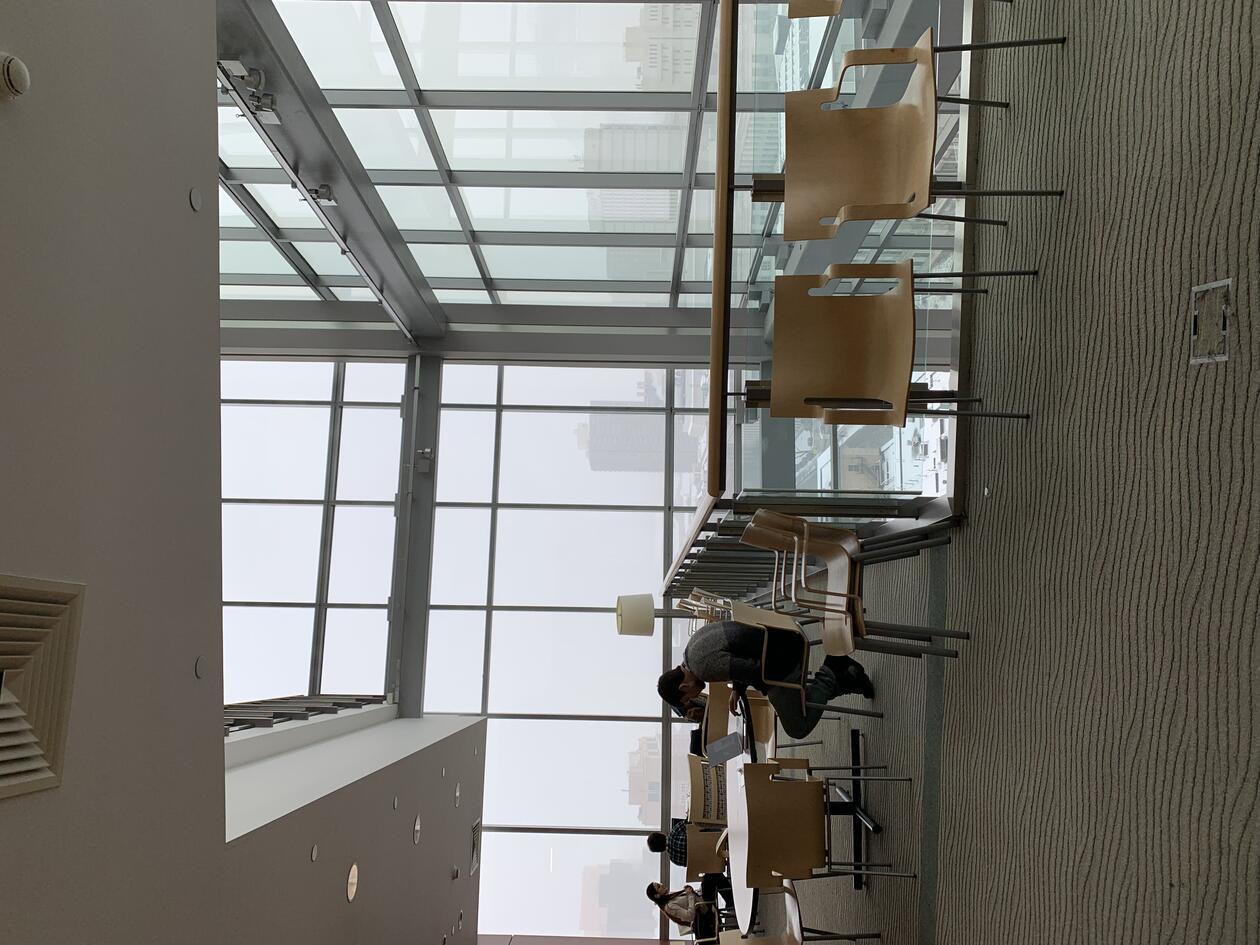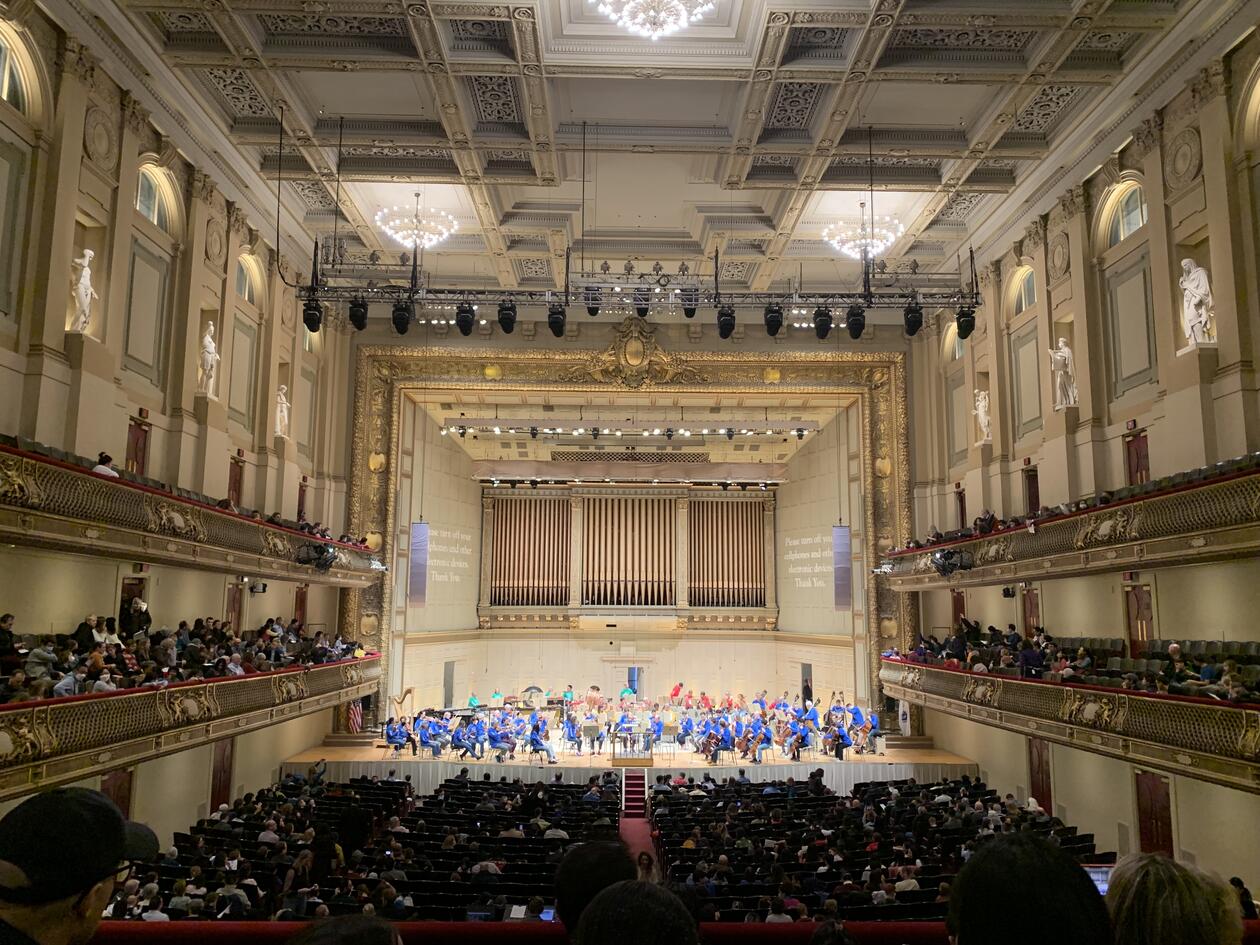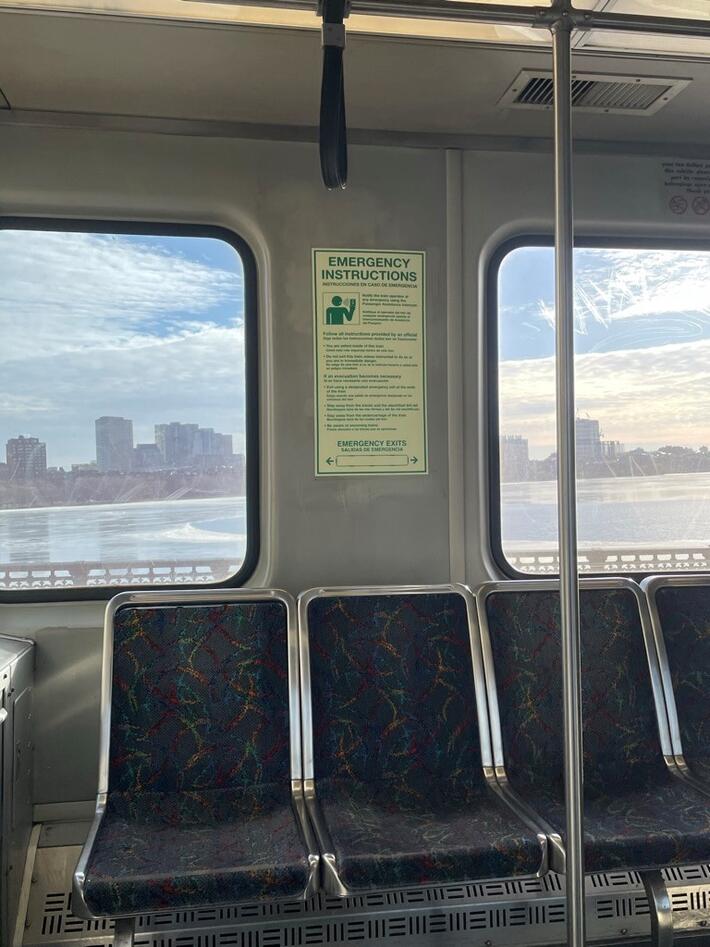Bringing home new perspectives
This winter/spring, three of CCBIO's students got the opportunity to have research stays at different labs of the Vascular Biology Program in Boston, through CCBIO's INTPART collaboration with Harvard Medical School and Boston Children's Hospital. PhD Candidate Camilla Tvedt Ekanger, Medical Student Research Program student Amalie Bark Kvamme and PhD Candidate Ole Vidhammer Bjørnstad are now back in Bergen with invaluable experience in their backpacks.

Main content
See below report from all three candidates.
Camilla Tvedt Ekanger
My research stay in Dr. Michael Rogers lab this year has been an inspirational and unique experience. The Rogers laboratory works to develop new therapies for endometriosis, cancer, and blinding eye disease. In the recent years, Dr. Rogers along with his research fellows, Daniëlle Peterse and Victor Fattori, have developed a new mouse model of endometriosis that more accurately represents the human experience. During my stay in the lab, I worked with Daniëlle on establishing and optimizing growth conditions for mouse uterine and lesion derived organoids and compared the potential to grow organoids between uterine samples and endometriosis lesions.
The research stay at Boston Children's Hospital was an incredible opportunity for me to gain hands-on experience in the field of endometriosis research. Before my stay, I had limited knowledge about endometriosis, and I had never worked with a mouse model before. Daniëlle, Dr. Rogers, and the rest of the lab gave me new insights to the disease and its impact on patients, and I was reminded frequently about how little research and treatment options there is for endometriosis. It was a unique and inspirational experience to work in a cooperative team of experienced researchers who are passionate about finding new treatment options for endometriosis patients.
In terms of the lab work, I learned a lot about mouse models and techniques such as immunohistochemistry, but I also got the opportunity to be independent and design my own experiments. The combination of invaluable discussions and support during weekly one-on-one meetings with Dr. Rogers and daily hands-on lab training with Daniëlle, together with the opportunity to think independently, helped me to develop skills that will be crucial for my PhD progression.
Boston has a lot to offer. It is an excellent city for anyone interested in medical research. It is home to many world-renowned medical institutions and universities, and there are many opportunities to attend conferences and seminars related to medical research. Additionally, Boston is a beautiful city with a rich history and culture. During my free time, I was able to explore the many landmarks and museums that the city has to offer.
In April this year, I got the opportunity to present my main findings from the research stay at a seminar in Oslo, hosted by the Norwegian Endometriosis Association. I was initially hesitant to say yes to this opportunity since I only recently started working with endometriosis. However, Dr. Rogers and the rest of the lab were supportive and helpful, and provided me with invaluable guidance and feedback on my presentation. The research stay in Boston has allowed me to expand my network, which is extremely valuable for my future scientific career, and has already resulted in new and exciting opportunities.
Lastly, I want to thank CCBIO who gave me this once in a lifetime opportunity. They were very helpful throughout the entire process, from arranging my lab research internship to providing me with transportation and logistical support. I could not have asked for a better experience, and I am grateful for the opportunity to have participated in this program. Overall, I would highly recommend this to anyone looking to gain hands-on experience in their field of study from renowned experts, and to explore a new and exciting city.
Amalie Bark Kvamme
I was fortunate enough to be able to work in Dr. Watnick’s lab alongside his talented postdoc, Dr. Sui, who I worked with daily. The Watnick lab focuses on uncovering the role of the tumor microenvironment in tumor growth and metastasis, and the role of cancer stem cells in tumor initiation and drug resistance. While there, I worked on understanding how the non-canonical Notch1 signaling pathway drives chemoresistance and tumor initiating properties in breast cancer stem cells.
Having limited lab experience, the learning curve was steep, and I felt overwhelmed at times. I was quite nervous about working in the lab in the beginning, but Dr. Sui was happy to show me and answered all my (at times silly) questions with understanding and compassion. While in the lab, I learned techniques like immunofluorescent staining, immunoprecipitation, and western blot, which I became quite proficient at by the end of my stay. I participated in lab meetings with Dr. Watnick, sometimes several times a week, as well as meetings with other PIs in the Vascular Biology Program. I also participated in “metastasis meetings”, where researchers from different labs would present their work and get feedback from PIs on presentation technique and content. I got to present my work on one of these meetings, which was scary but ultimately very useful for understanding not only how to present scientific work in a good way, but also why it’s so important.
I’m very grateful for having had the opportunity to come to Boston and to experience a scientific environment that is so different from what I’m used to. It has expanded my view what medical research is and how medicine is driven forward, and that is truly inspiring.
Boston is a very diverse city with a rich history, and we got to experience everything from the Freedom Trail to symphony orchestra concerts and stand-up comedy to art museums. We lived in a vibrant neighborhood in Cambridge, with great access to restaurants and shops. Public transport was excellent, and it was no problem taking the subway (referred to as “the T” by the locals) Downtown or the bus to Longwood Medical area, where Boston Children’s Hospital and Harvard Medical School is located. The winter weather in Boston was shifting and unpredictable, and we had temperatures under -30C and snow, and above 15C and sun in the same week!
Ole Vidhammer Bjørnstad
For my stay, I worked in Dr. Timothy Hla's lab under the personal supervision of research associate Dr. Colin Niaduet. The Hla lab's main research centers around the biology of the lipid mediators sphingosine 1-phosphate (S1P) and prostanoids in vascular biology and disease, with other projects being pursued as well. In the lab, my task was to develop a 3D model of retinal vasculature. I accomplished this by developing a robust model using retinal mice explants during my stay.
I found the lab work very stimulating. Initially, I assisted Colin with his ongoing experiments while researching ways to generate a 3D retinal vasculature model. After some time, the retinal model was up and running, and I dedicated basically all my time to its development and characterization from then on. Starting from scratch with designing and planning my own experiments and direction, with input from Colin, was rewarding, and I felt like this model was mine. I developed it and contributed to the lab, and it wasn't just a hamstrung project I was given to keep me busy. Our model development was planned quite well, and the research output I had while staying there was rewardingly high.
In general, I would say my research stay at Boston Children's Hospital was a gratifying experience. Working alongside top researchers in their field helped me approach a sturdier understanding of science by observing what aspects they critiqued and prioritized. The feedback I received from journal clubs and project meetings helped me streamline how I prepared and conducted presentations. Perhaps most importantly, the environment at Boston Children's Hospital was incredibly stimulating. I was constantly exposed to new research and was able to collaborate with a lot of researchers from a wide range of backgrounds. This allowed me to bring new perspectives into my work and learn from some of the brightest minds in the field.
I also found the city of Boston very nice. It has a nice mix of big city vibes and smaller city gentleness. It's quite a unique city considering the US, in the sense that there are a lot of older buildings standing together downtown with the tall (almost) skyscrapers, as the older buildings from the initial British colonization are still around downtown. Maybe my favorite thing about Boston is its food. The cultural diversity of Boston really makes it a thriving amalgamation of cuisines from around the world.
The stay was, of course, challenging and I sometimes felt overworked, especially the first couple of months, where I ended up working quite long hours and would need to work on my thesis at home afterwards. But it was genuinely fine, seeing as that was my expectations going into this stay. In a sense, it was nice getting a breath of fresh research air from the thesis work currently being done in Bergen. Getting back to my work here has also made me feel weirdly nostalgic and very motivated to continue my work on neural stem cell and nerve involvement in breast cancer.
